There are few contemporary writers more adept at charting the intricacies of modern love and marriage than Sue Miller. Ever since her best-selling debut novel, The Good Mother, was published nearly 30 years ago, Miller has brought her considerable observational skills to bear on matters of the heart.

Her new novel, The Arsonist (Knopf), explores what Miller (GRS’80) describes as “the ambiguity of life, the unresolved quality of so much of life and somehow learning to live with that and to make peace with it in some way or another.” The story opens with the arrival of Frankie Rowley, a 40-something relief worker who has just returned to her parents’ home in the fictional town of Pomeroy, N.H., after 15 years in Africa. Frankie is suffering not only from jet lag, but also from an existential identity crisis. Exhausted by the demands of her work overseas and a series of broken romantic entanglements, she finds herself at geographical and emotional crossroads as she struggles to find some semblance of home in the world.
Miller’s narrative follows the parallel lives of two couples: Frankie and Bud, the local newspaper editor, who embark on a tentative, lurching relationship as they stumble into love, and Frankie’s parents, Alfie and Sylvia, whose decades-long marriage has been marked by anger and resentment. As the novel unfolds, it becomes clear to all that Alfie has Alzheimer’s disease, something his wife clearly resents. “She didn’t want to assume responsibility for him yet again,” Miller writes of Sylvia. “She was tired of being responsible.”
There are some heartbreaking scenes as Alfie’s disease progresses. As she charts his decline and its impact on his family, Miller writes from experience; her own father died from Alzheimer’s disease, a plight she movingly recalled in a memoir, The Story of My Father.
In the novel, Frankie’s return to Pomeroy—a summer resort community—coincides with a series of fires that claim the homes of part-time residents. The investigation into who is setting the fires provides Miller the opportunity to probe the thorny subject of class differences and the tension that exists between summer people and year-round residents. As one fire quickly turns into a dozen, Bud begins to question “whose home Pomeroy was, whose experience defined it—the chatty, self-assured summer people or the observant, perhaps resentful, year-round folks. A question about who owned the town and who merely used it.” Miller provides no easy answers.
The subplot concerning the fires is based on real-life events. A number of years ago, Miller was helping her father clean out his summer home in Randolph, N.H., when a series of arsons in the nearby town of Jefferson had the community in terror.
Miller says she is drawn repeatedly to the subject of marriage in her fiction because it represents “a deep and difficult and complicated encounter between two people, the nature of which is unique and really asks you to imagine what the other person is thinking, to try to be empathic in a way that I think is difficult for all of us.” The question of identity is tested in marriage, maybe even shaped by marriage, she says.
The Arsonist is set in 1998 during the Clinton-Lewinsky affair, in part because she wanted to write about the US embassy bombings that occurred in Tanzania and Kenya at the time. The bombings marked “a particular point in the consciousness of our nation, when the notion of terrorists who might have some intentions on us was not on our radar at all. These bombings, which initially nobody in the States understood to be something that connected to us, seemed extraordinary to me,” says Miller.
There was another reason she decided not to set her novel in the present. “I’m increasingly perplexed about the contemporary use of cell phones and the internet and internet issues,” she says. “I just don’t want to be on it, and I don’t want to write about it….I know there have been some brilliant books that make use of it, but I just can’t and I won’t, and because of that I can’t imagine I will ever write a really contemporary novel again.” Miller, who still writes first drafts in longhand, says she was scared off from writing them on a computer in the 1980s, when a student of hers at MIT told her of research he was doing that showed the use of vocabulary and sentence structure changed when people used computers. “I just remember thinking, Oh my God, I can’t do that,” she says.


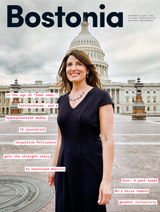







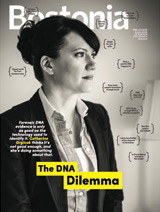
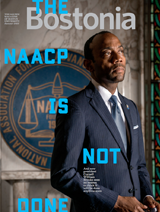


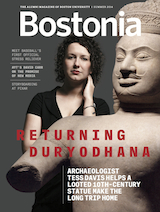








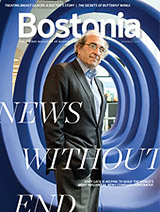






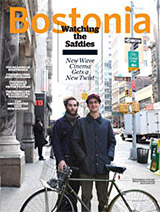















Related Stories
A Fictional Superhero Inspired by a Real-Life Four-Year-Old
In Super Satya Saves the Day, BU alum’s daughter serves as muse
Real-Life Wrongful Conviction Inspires Dick Lehr’s YA Novel
New book by COM prof a departure for best-selling author
Five Famous Alums: Writers
Pulitzer winners and best sellers
Post Your Comment